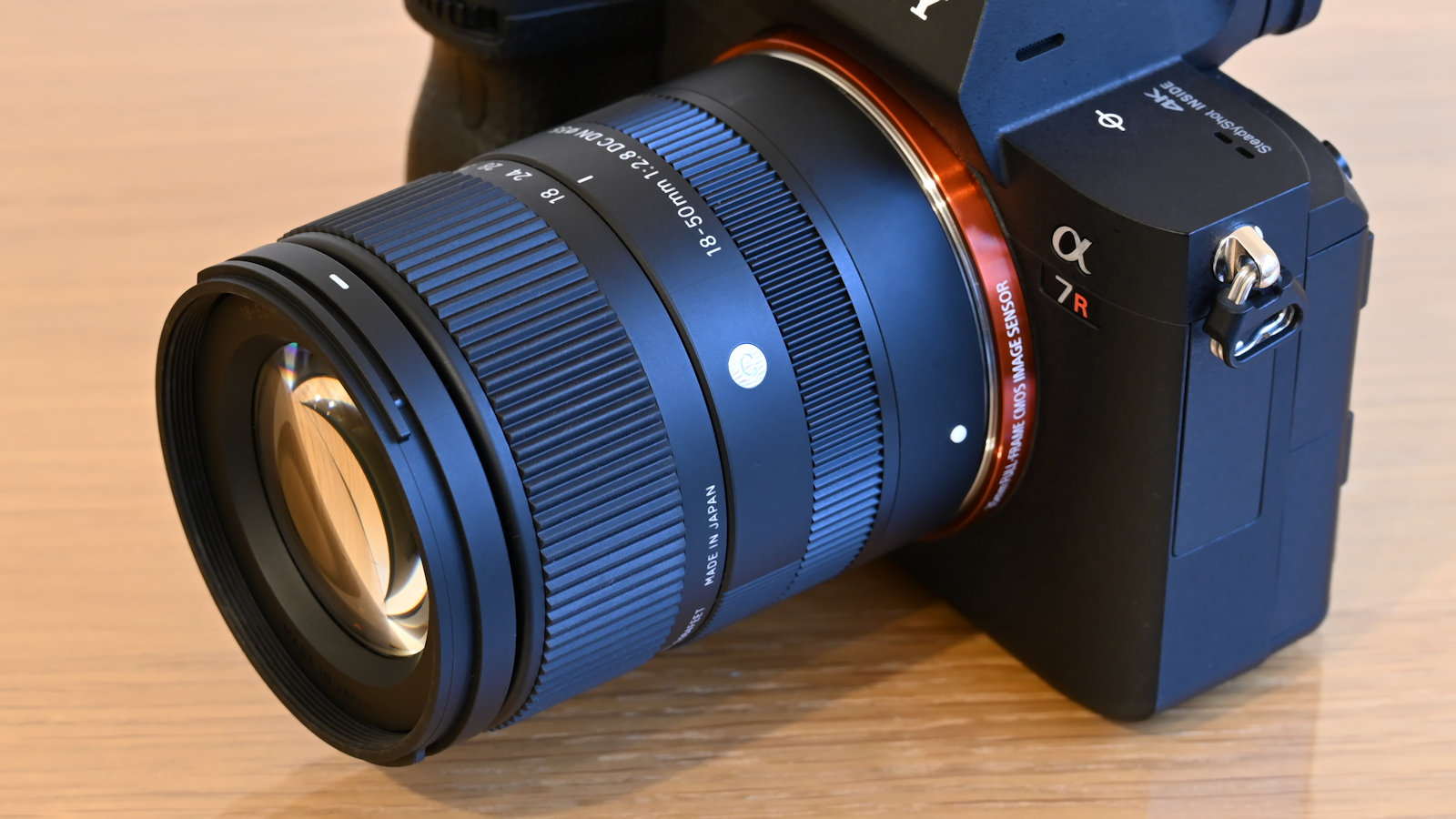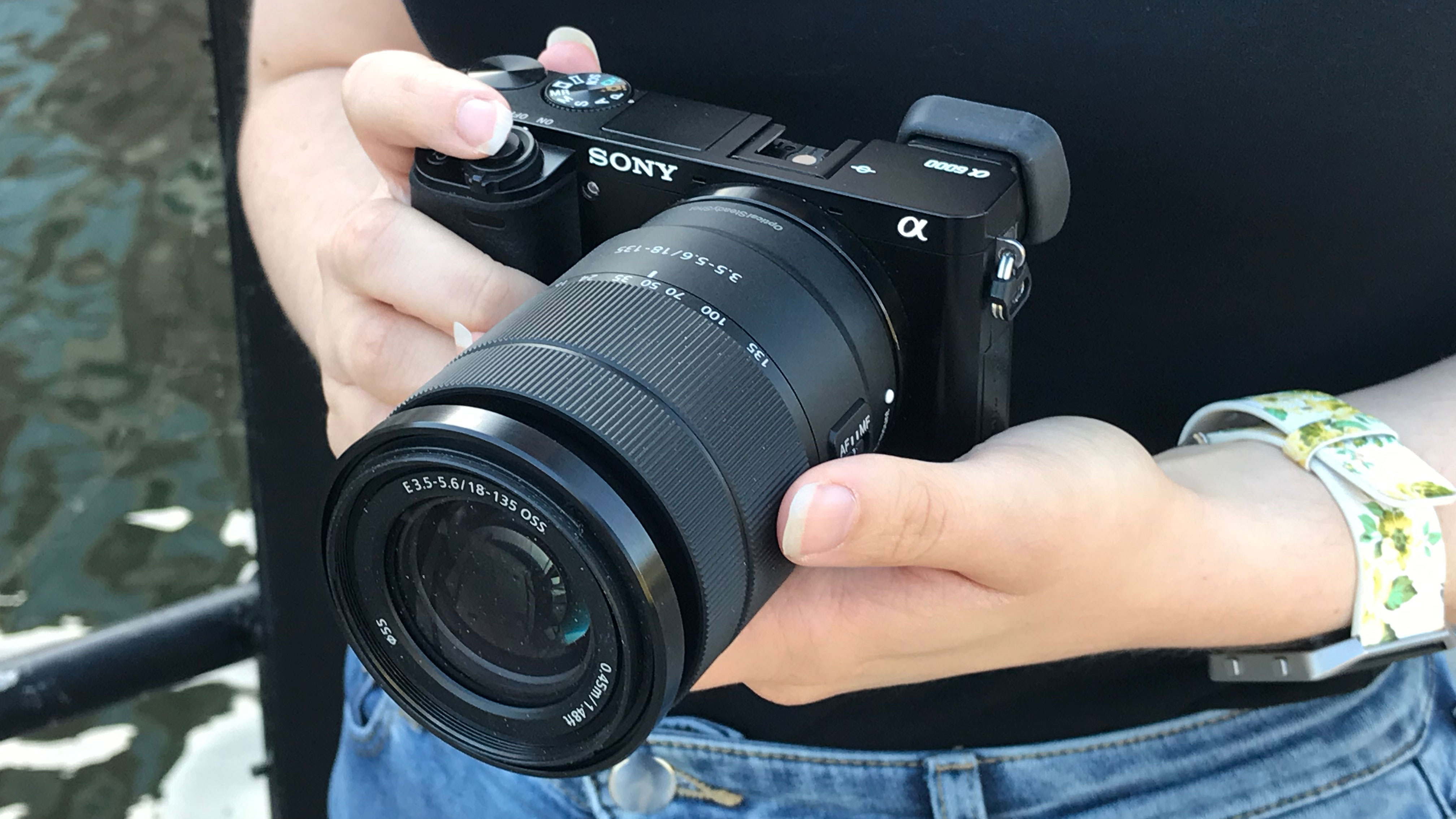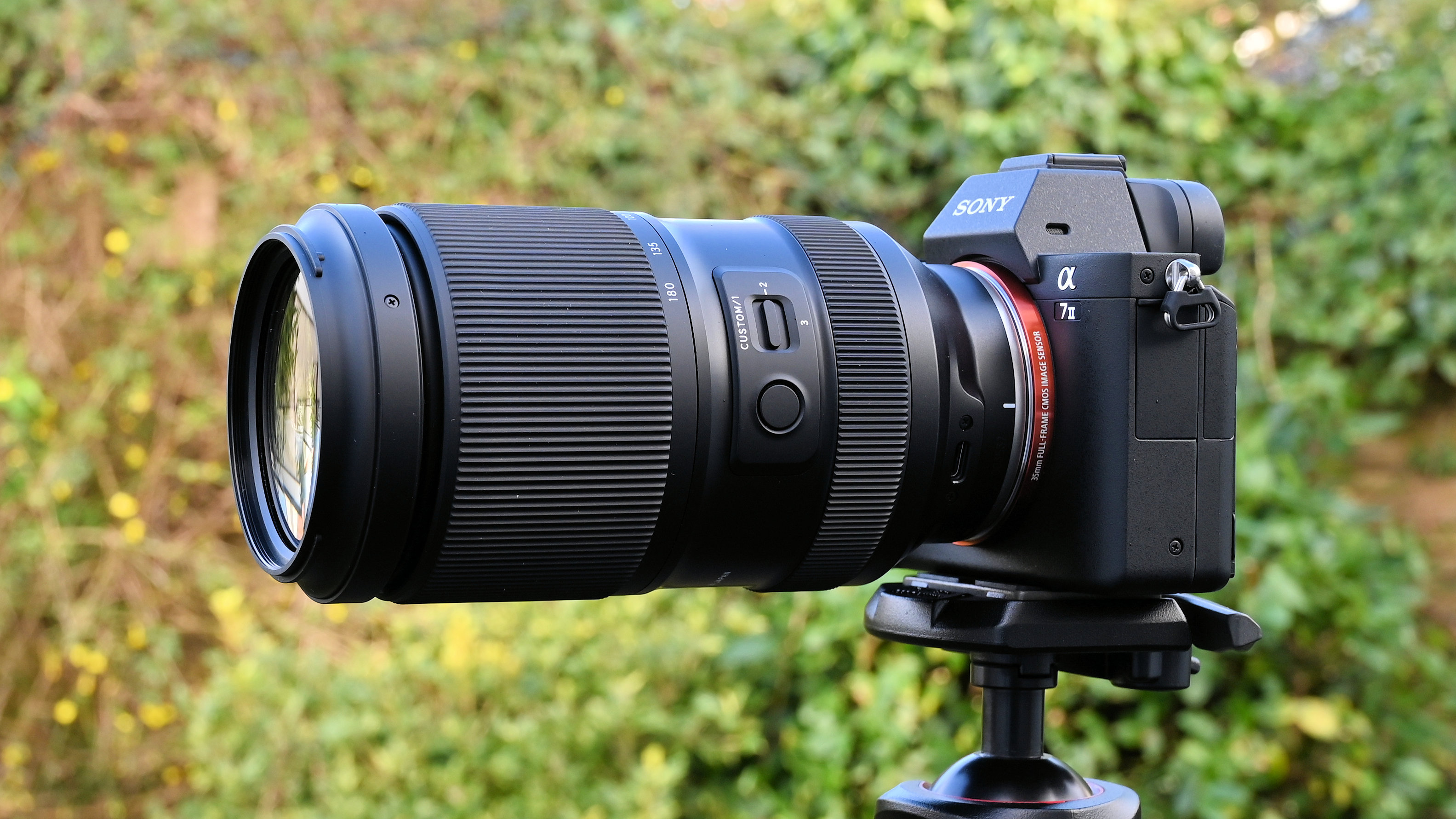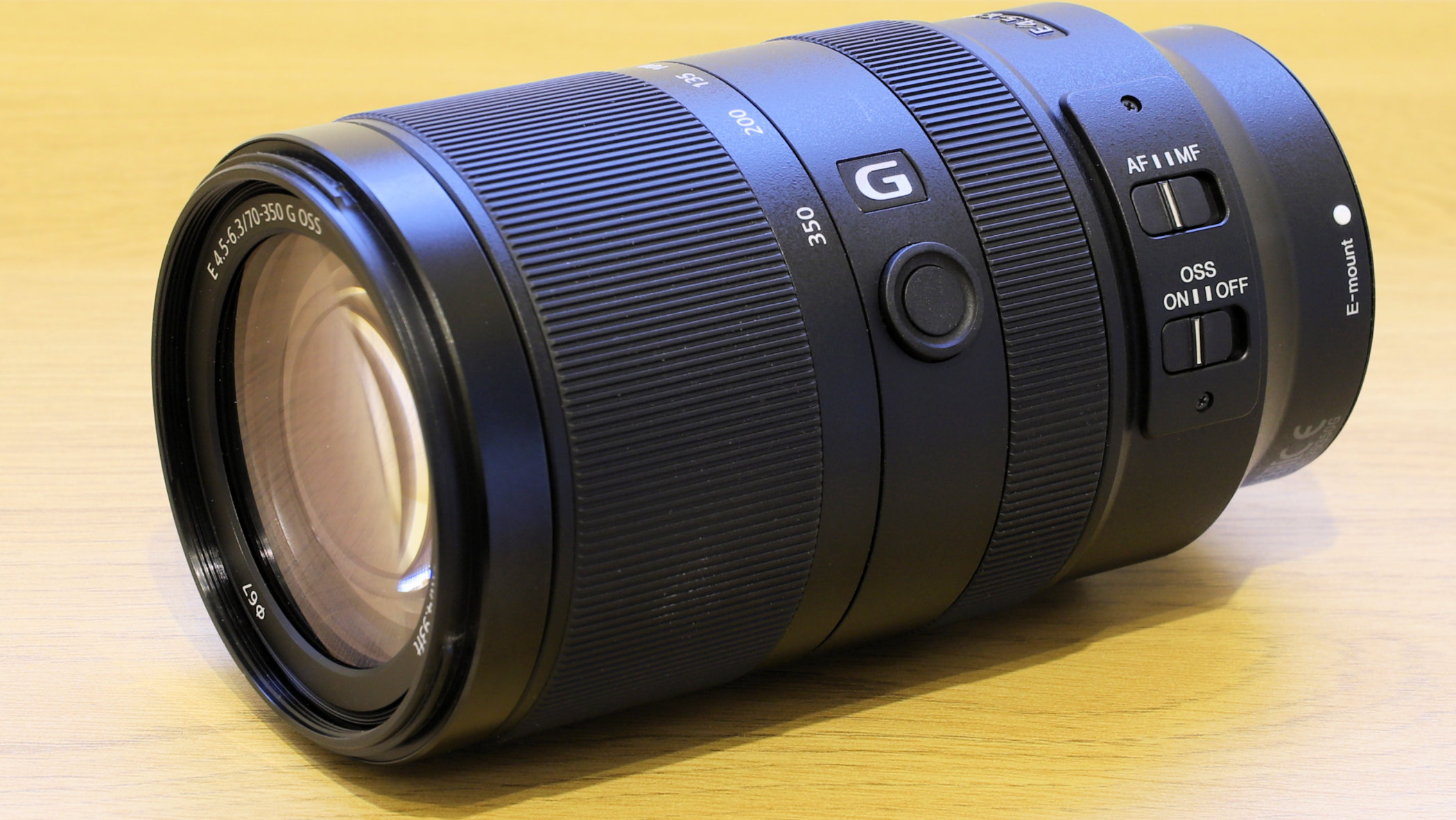The best lenses for the Sony A6400: let me help you pick some perfect lenses for your pocket powerhouse Sony body
Here are my recommendations of the best lenses for the Sony A6400, so you can enjoy all that this powerful APS-C format Sony camera has to offer
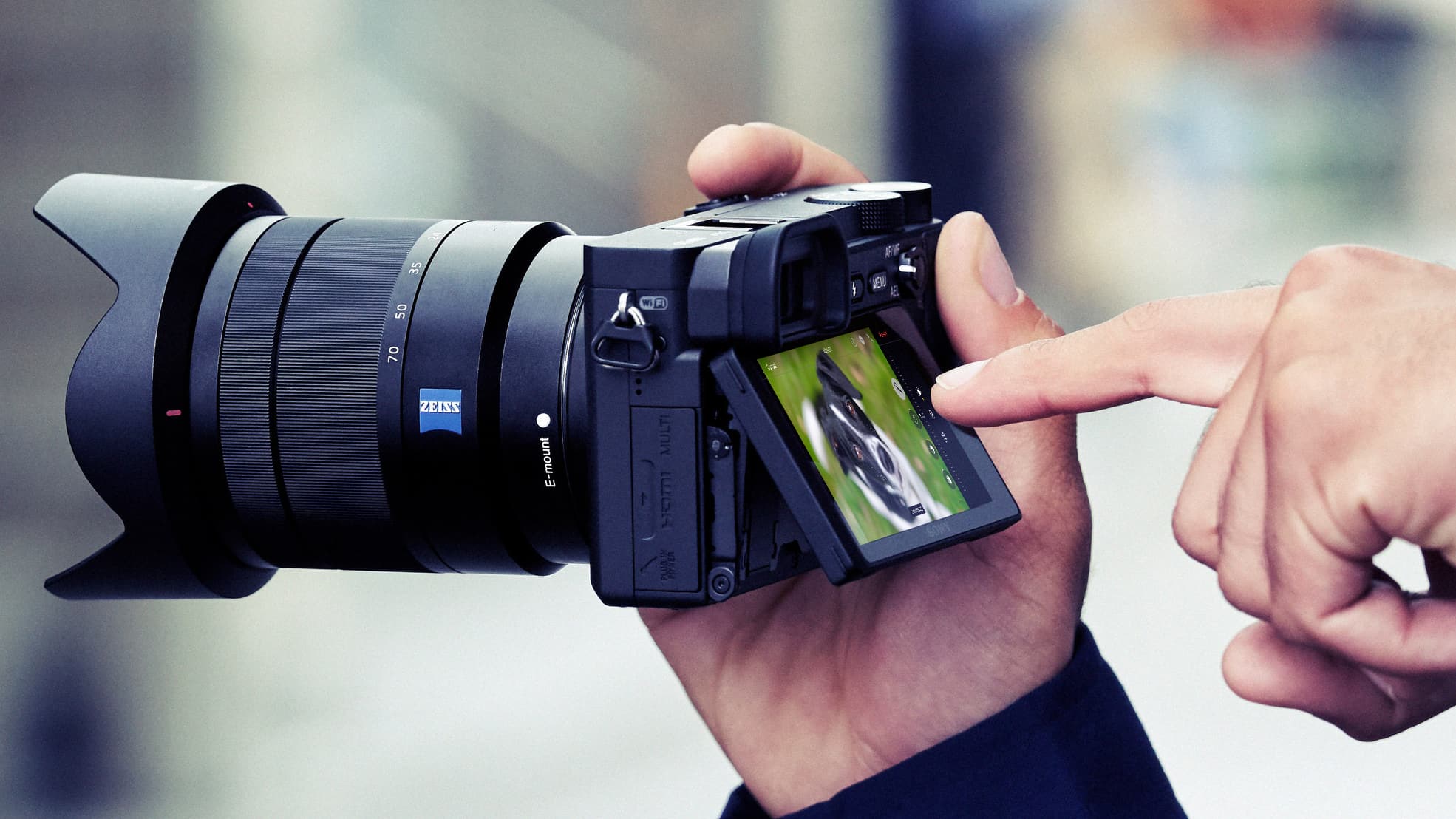
Sometimes a great camera kit can be more than the sum of its parts. I think it’s true that particular lenses are a better fit for individual camera bodies rather than others, even when there are similar models in the line-up. When I’m choosing lenses for the slim and budget-friendly Sony A6400, I feel that the size, weight and price are strong contributing factors. For my money, the A6400 is one of the best Sony cameras because I think it delivers such a great combination of features and versatility, at a keen price. It’s a compact and affordable camera, so its lenses should be as well.
I’ve regularly used the Sony A6400 and I’ve tested all the lenses featured in this guide. If I was spending my own money, these are the options I would consider first. You can also check out my list of the best lenses for Sony A6000 cameras generally if you like, and many of the best Sony lenses will also be a good match for the A6400.
As photographers, we all have our special areas of interest, so I’ve tried to cover plenty of genres, from travel photography to portraiture, sports and wildlife. As you’ll see, I’ve also taken A6400 video shooters into account, with the inclusion of a couple of affordable prime lenses which are great for video as well as for stills. Above all, I’ve aimed to give full consideration to each lens’s suitability for the A6400’s size, its performance in relation to the camera’s 24MP sensor, and the kind of value for money that reflects the price of the A6400 itself.

Rod is an independent photography journalist and editor, and a long-standing Digital Camera World contributor, having previously worked as DCW's Group Reviews Editor. He has used practically every interchangeable-lens camera launched in the past 20 years, from entry-level DSLRs to medium-format cameras, so he has the expertise to select the best Sony lenses for you.
The Quick List
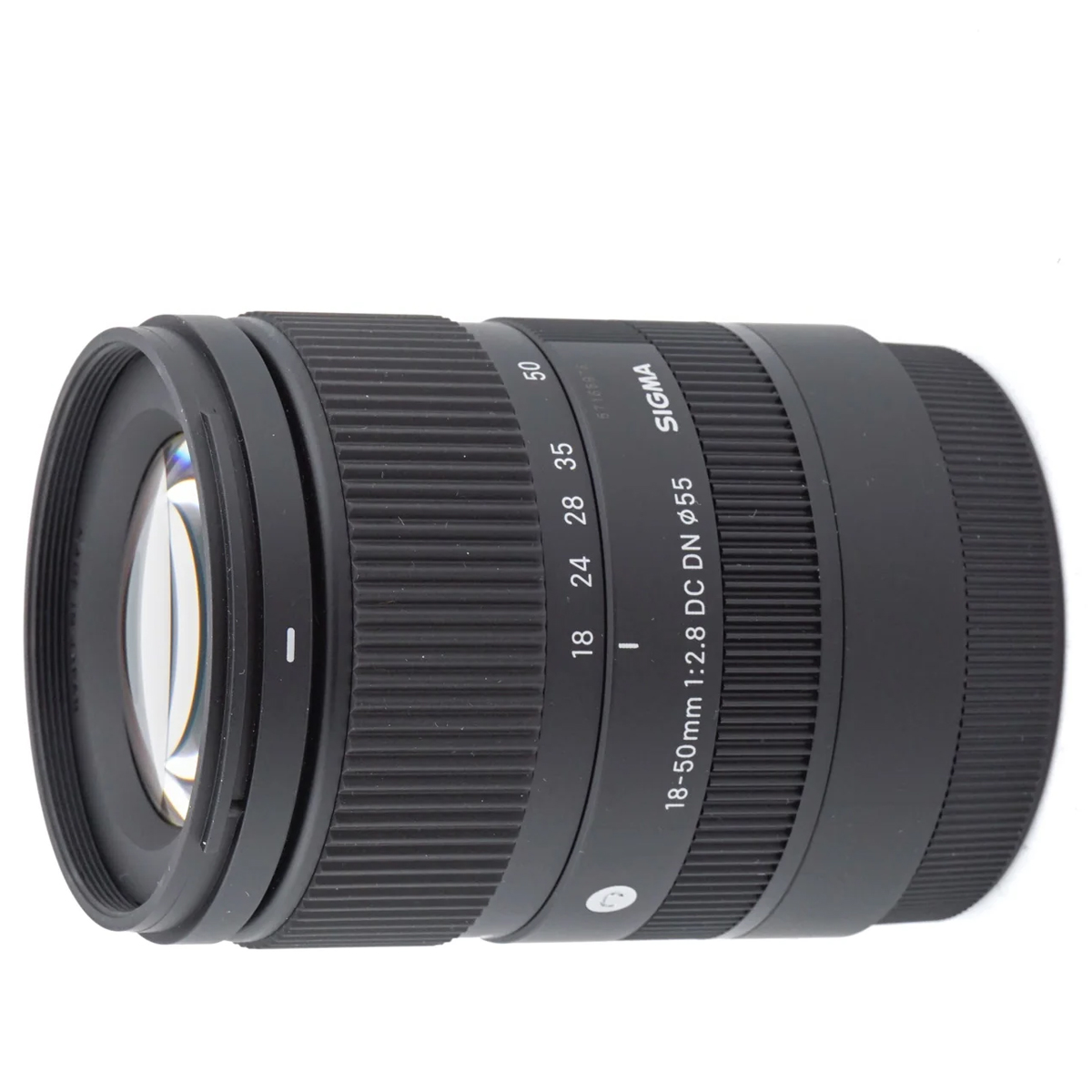
This is a terrific step up from your kit lens, with a handy zoom range, a constant f/2.8 aperture and near-silent autofocus. Read more below…
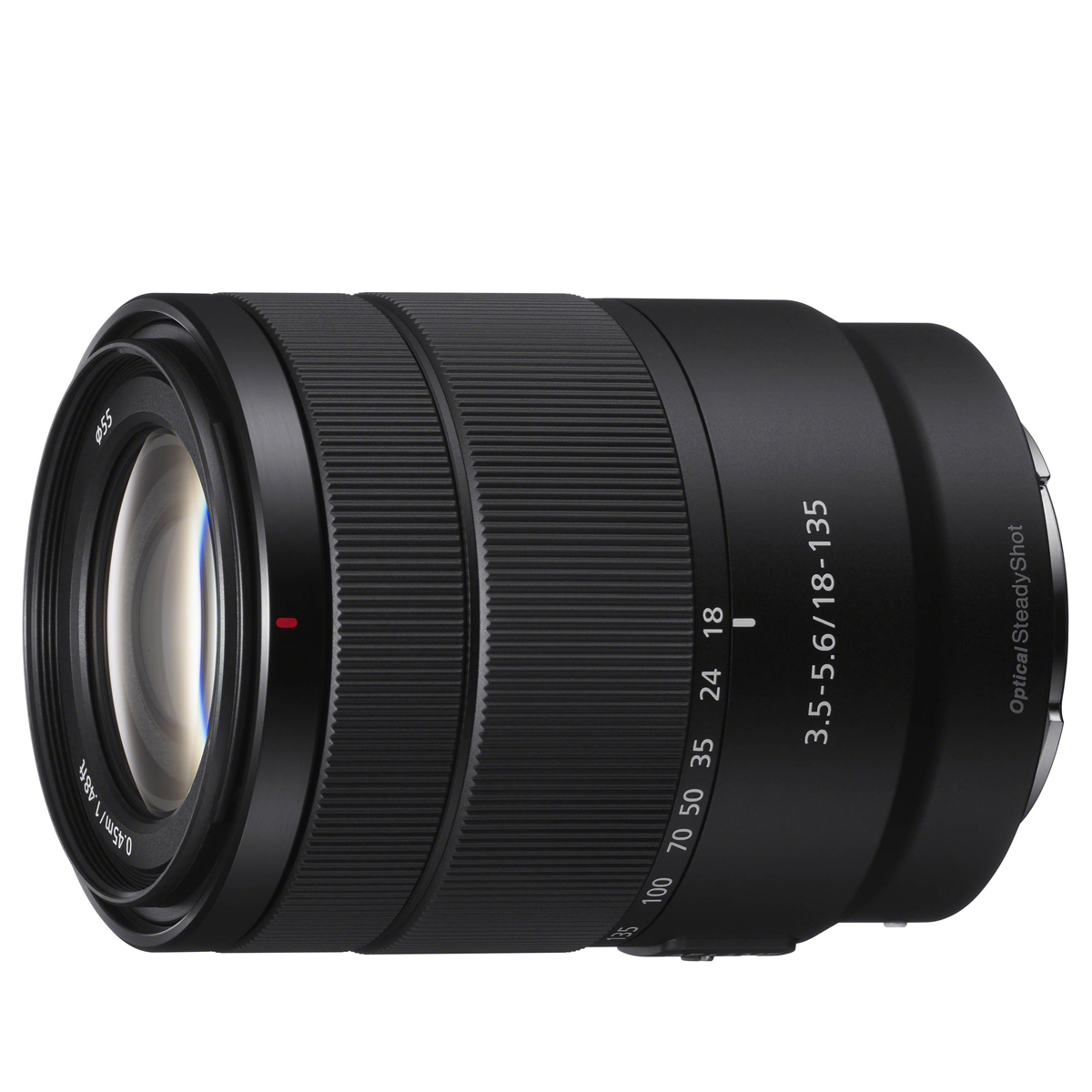
With its huge 7.5x zoom range, I think this is a very versatile lens that's great for travel photography and walkabout shooting. Read more below…
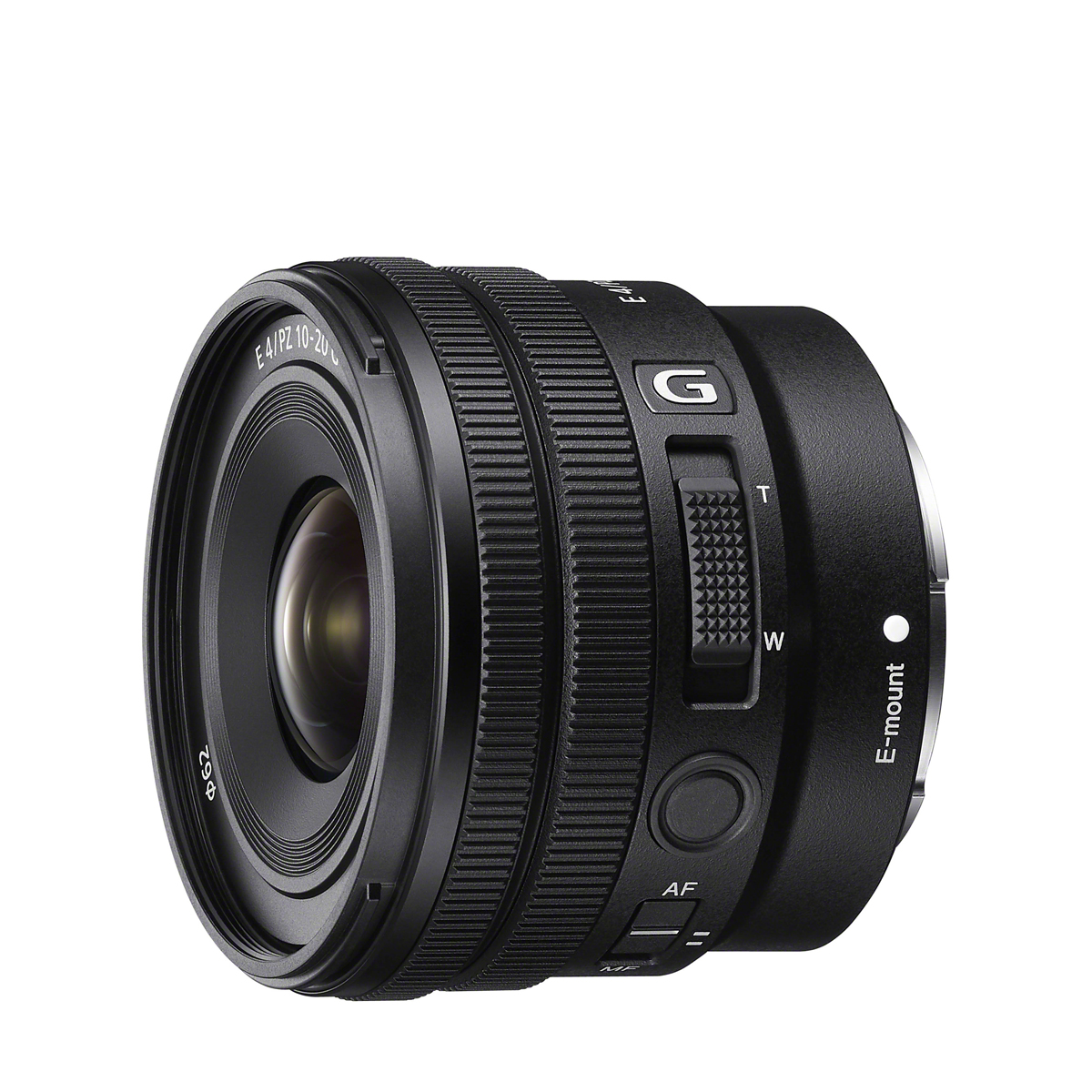
The wide-angle zoom range is ideal for landscapes and buildings, but the power zoom feature makes this lens ideal for video as well. Read more below…
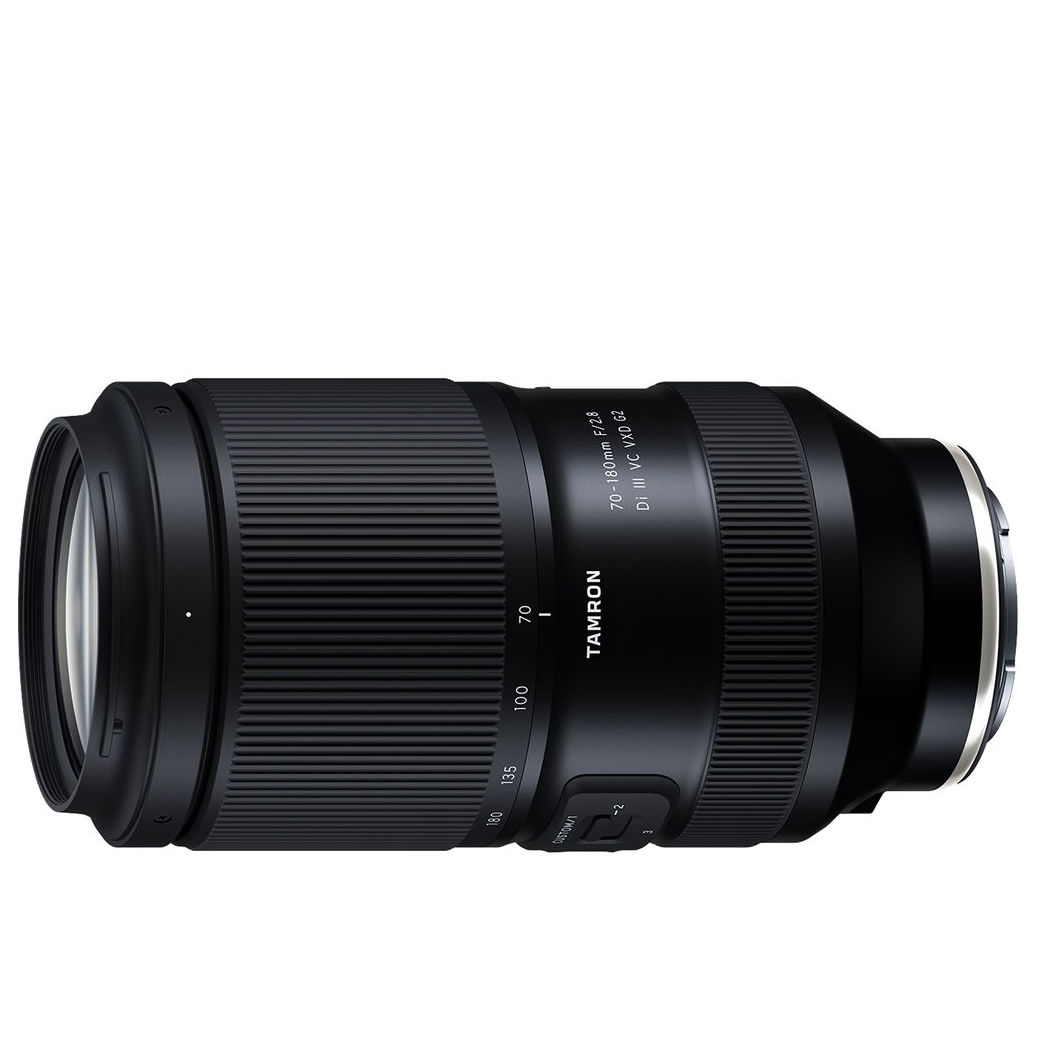
Although this is an alternative 'trinity' f/2.8 telephoto zoom for full-frame cameras, I think it's small, light and absolutely ideal for the A6400. Read more below…
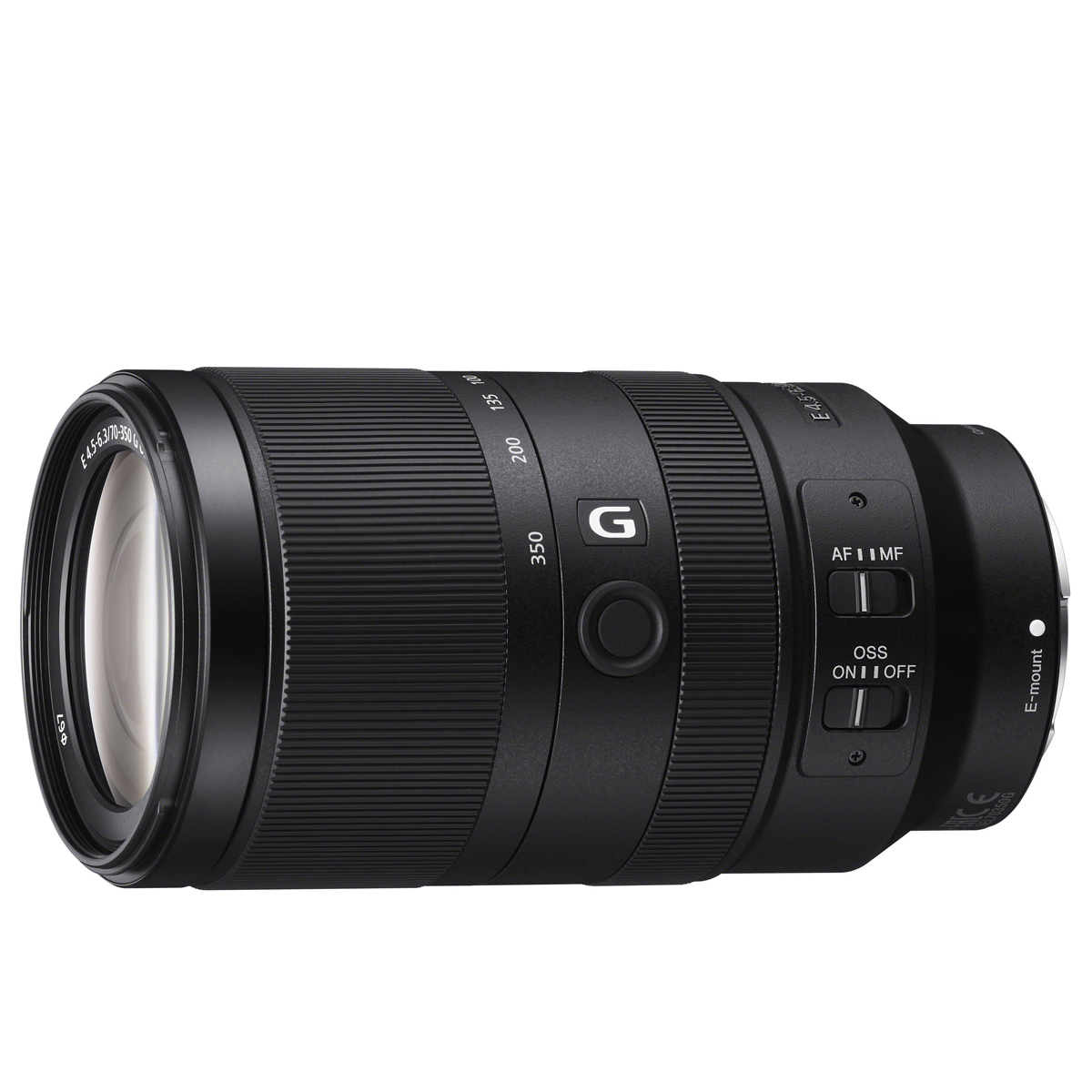
This zoom lens gives you monster telephoto reach and it’s lighter than it looks. It's ideal for action, sports and wildlife photography. Read more below…
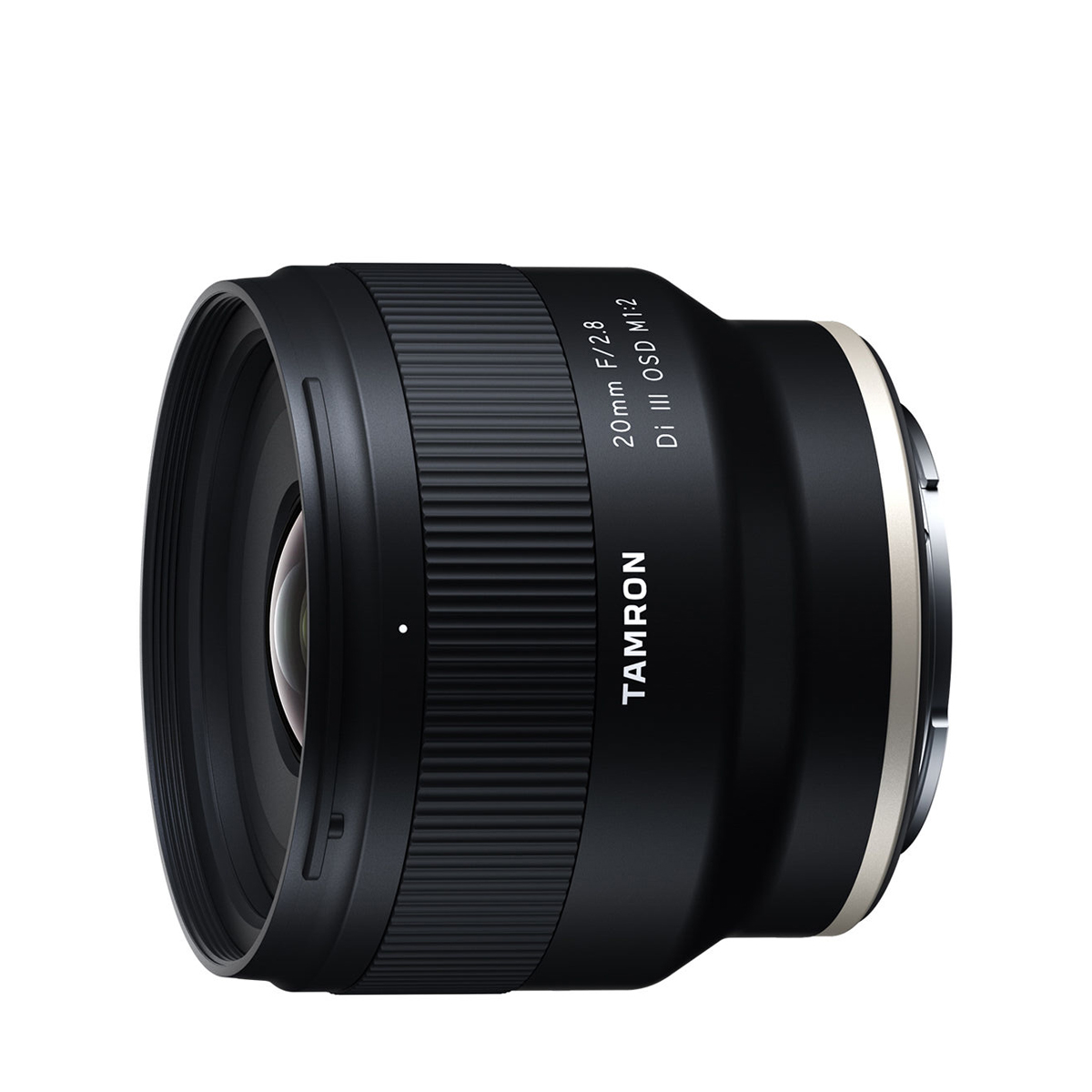
When you take the A6400’s crop factor into account, this prime makes a capable street lens, and there’s a macro facility too. Read more below…
Best lenses for the Sony A6400
Why you can trust Digital Camera World
Best everyday lens for the A6400
Specifications
Reasons to buy
Reasons to avoid
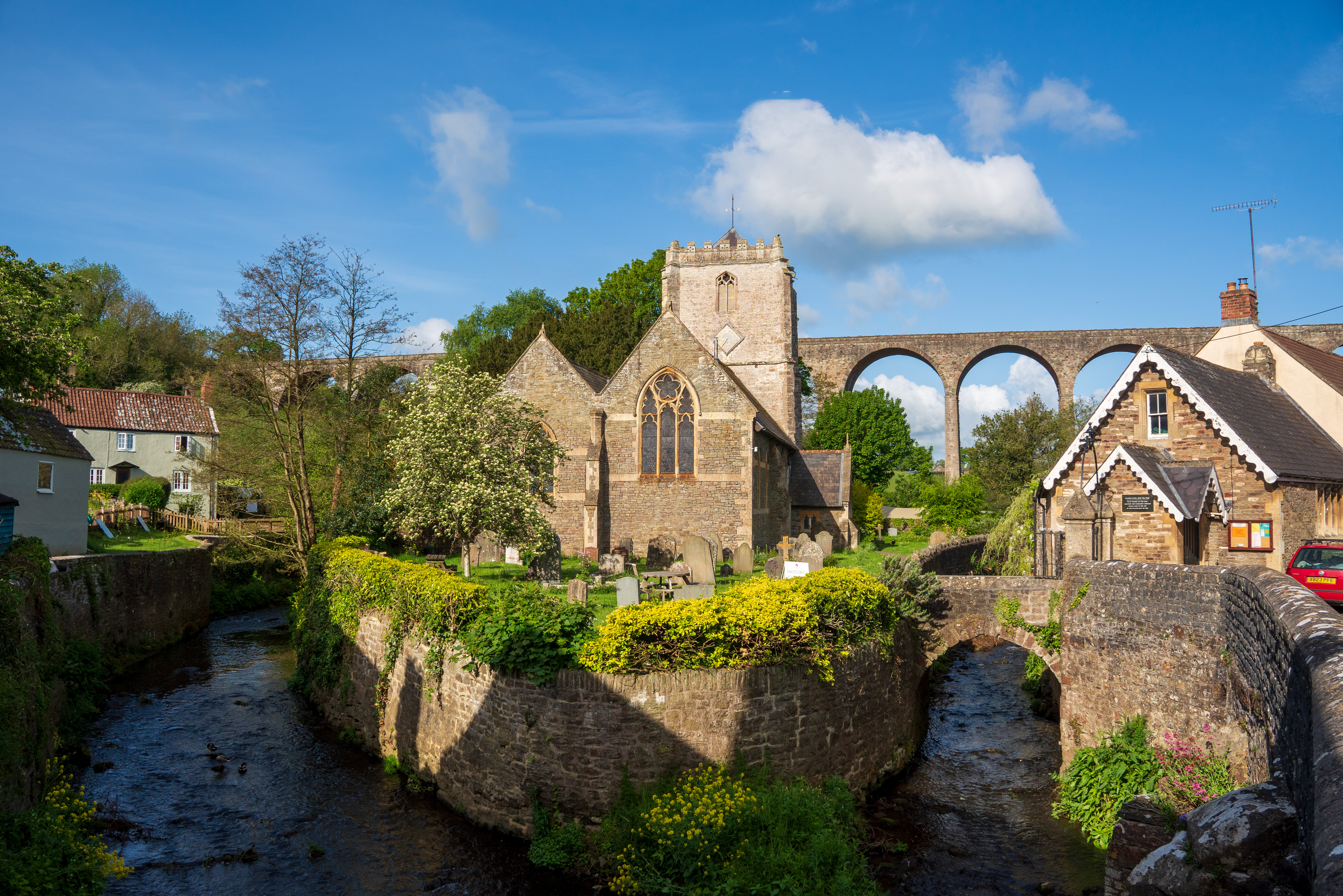
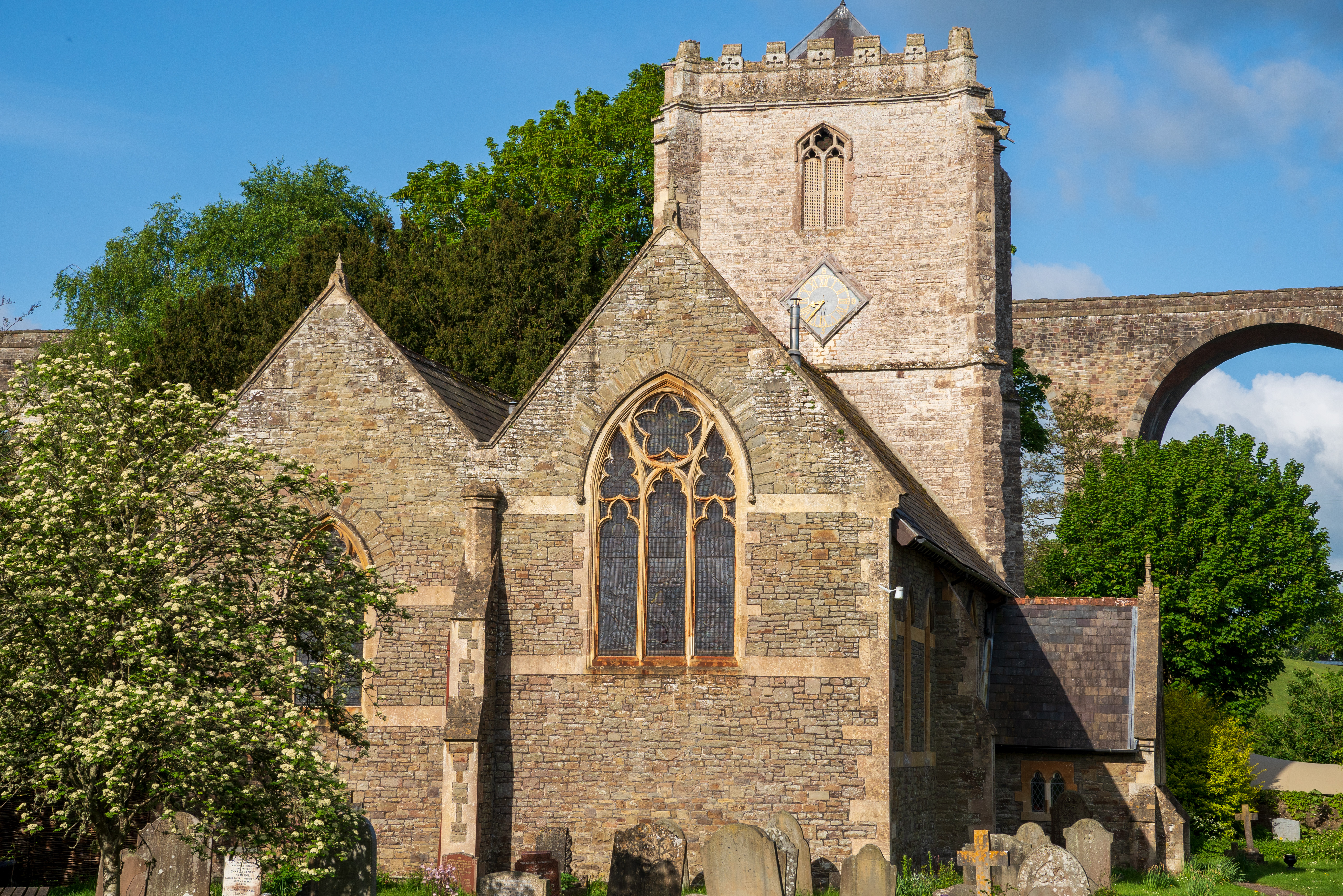
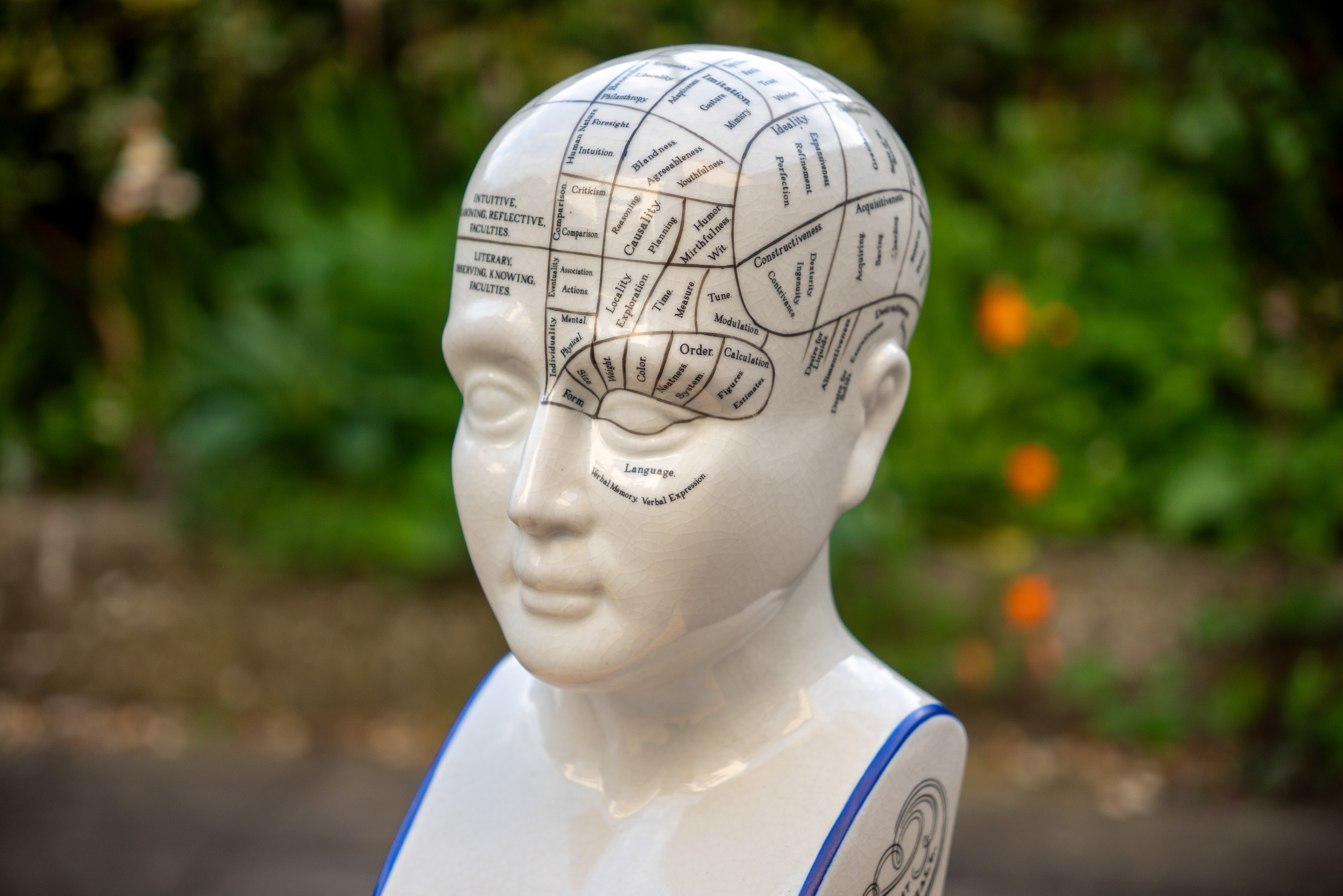
The Sony A6400 is usually sold with Sony's 16-50mm power zoom kit lens, which is very compact and convenient but a bit lacking in optic prowess. If you want a step up in quality, one option is Sony's rather massive and expensive 16-55mm f/2.8 G, but I would pick this Sigma instead.
The Sigma 18-50mm f/2.8 DC DN offers a constant f/2.8 aperture, just like the Sony lens, with classic 3x zoom range for a standard zoom. The Sigma is smaller than you’d expect given its constant maximum aperture (my shot shows it fitted to a Sony A7R III, but you'll get the idea), yet the build quality is very good – and it’s weather-resistant as well. The autofocus system is super-fast and virtually silent, and I'm impressed by the image quality.
Read more: Sigma 18-50mm f/2.8 DC DN | C review
Features ★★★★☆ | The fast and constant f/2.8 aperture is the killer feature but the lens is built to be compact and lightweight so there aren’t many extras. |
Design ★★★★★ | Although small and light, the lens feels sturdy and well built. It feels right at home on slimline Sony bodies. |
Performance ★★★★☆ | There’s a good mix of sharpness and smooth bokeh, although edge-sharpness could be better at long zoom settings when shooting wide-open. |
Value ★★★★☆ | It’s the kind of lens that you could happily use as your ‘go to’ for everyday shooting, making it very good value at the price. |
Most versatile lens for the A6400
Specifications
Reasons to buy
Reasons to avoid
Frustrated by the short focal range of the standard Sony 16-50mm kit lens? Get this! With an equivalent focal range of 27-202mm in full frame terms, the Sony E 18-135mm f/3.5-5.6 OSS is practically a superzoom, but remains compact, neat and affordable and – unlike almost every other long-zoom lens – it holds its performance all the way through to its longest zoom setting.
What I like about this lens is its neat, simple design, its fuss-free exterior, easy operation and built-in optical image stabilizer. Like a lot of modern mirrorless lenses, it does rely on digital as well as optical corrections, but the result is a long-range lens with far better image quality across the range than I would normally expect from a lens of this type.
Read more: Sony E 18-135mm f/3.5-5.6 OSS review
Features ★★★★☆ | The versatile zoom range is top of the features list and the lens also has optical stabilization. |
Design ★★★★☆ | Build quality feels pretty good but the lens lacks any weather-seals. |
Performance ★★★★☆ | It’s good overall but long-zoom sharpness could be better away from the center of the frame. |
Value ★★★★☆ | It’s good value for a walkabout and travel lens with a generous 27-202mm ‘effective’ zoom range. |
Best wide-angle lens for the A6400
Specifications
Reasons to buy
Reasons to avoid
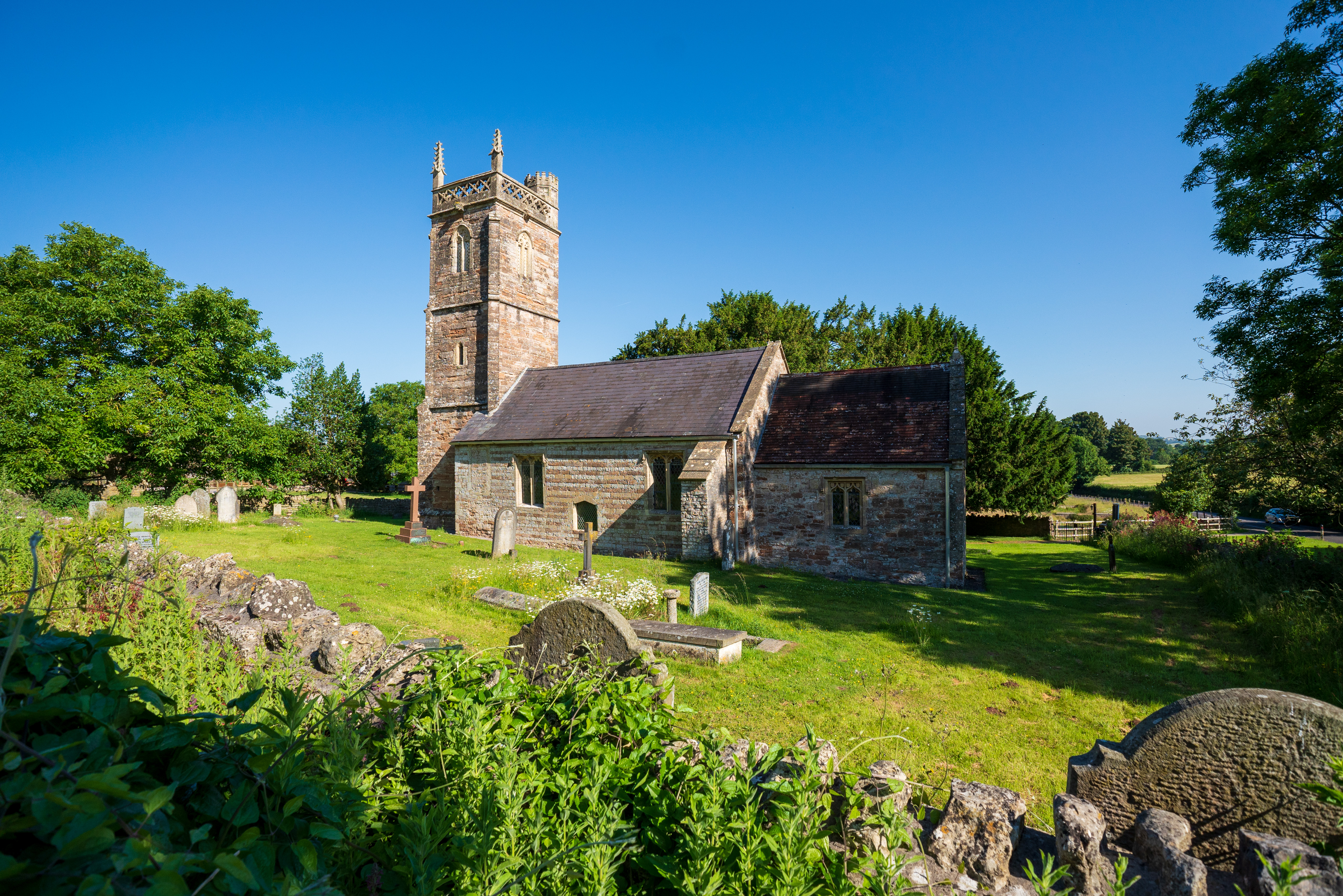
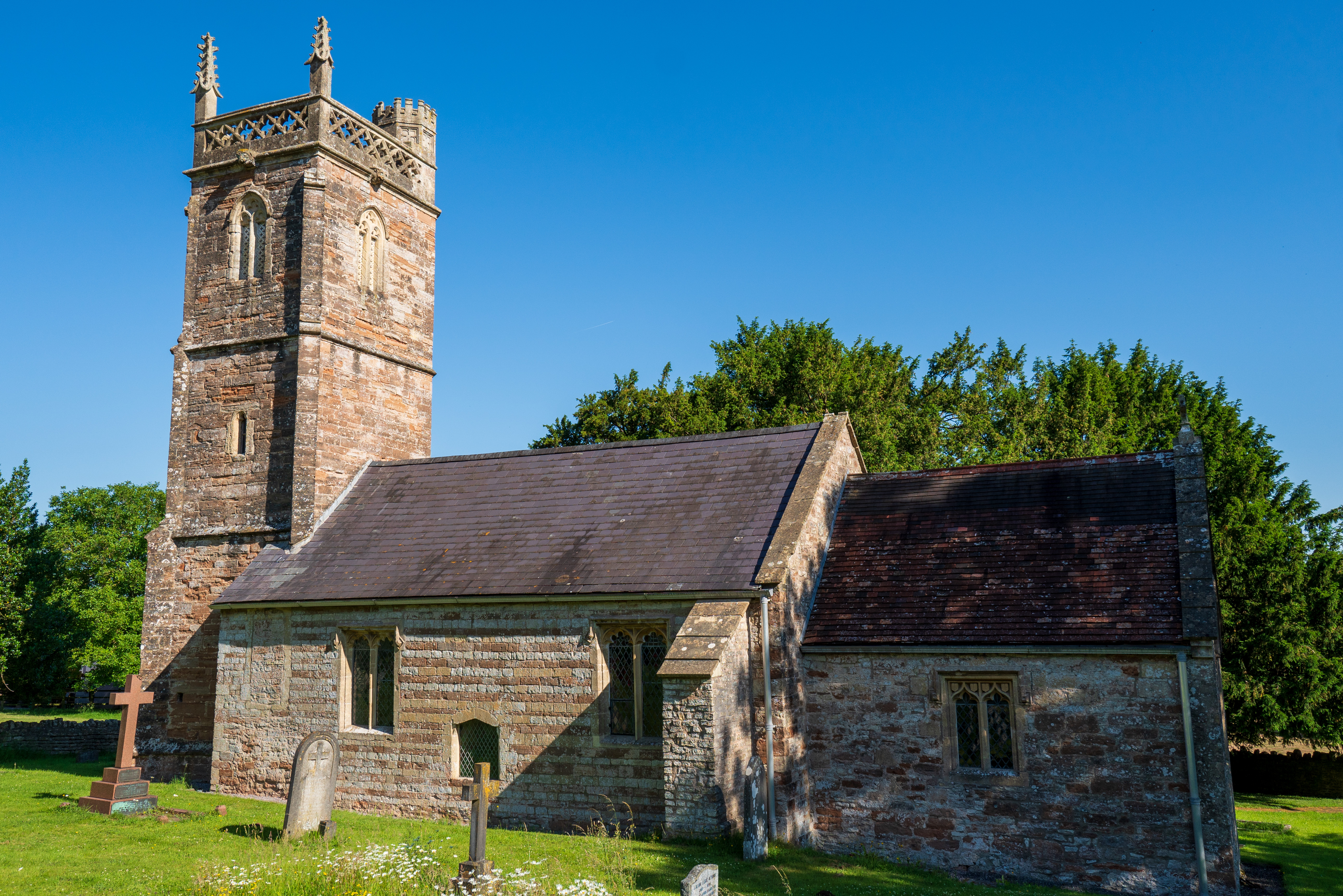
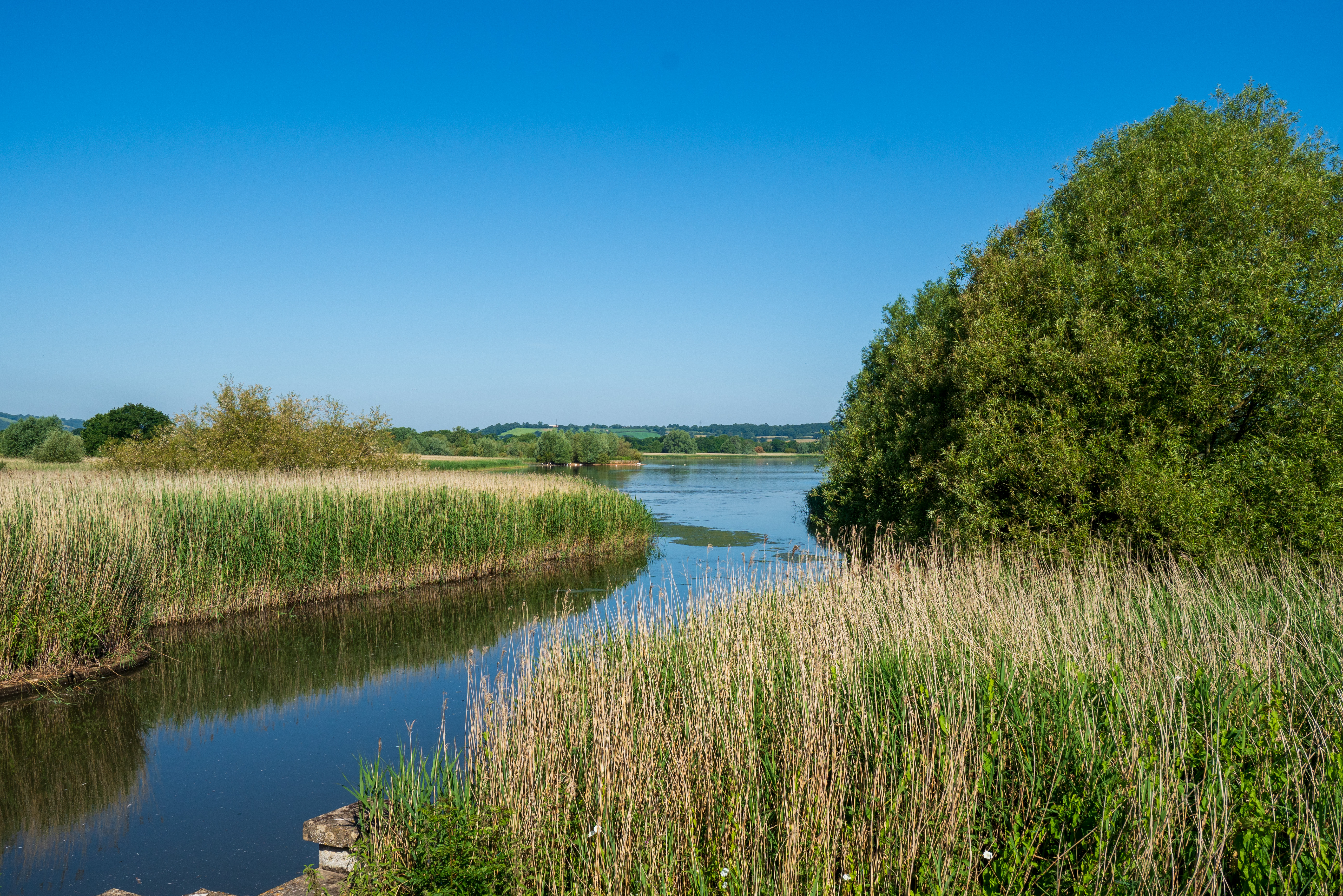
Sony also makes an older E 10-18mm f/4 OSS lens, which is a little cheaper than this one and is also worth considering. The 10-18mm has optical stabilization, which is good for stills photography, but this newer E PZ 10-20mm f/4 G has a power zoom, which is ideal for video, so take your pick.
The Sony E PZ 10-20mm f/4 G is especially good for vloggers who need to film themselves in the context of their background, because it gives a wider angle of view than a regular zoom. It's also a great travel lens, ideal for narrow city streets, tall landmarks and spectacular interiors. None of the ultra-wide lens options for the Sony A6400 is cheap, but this is such a useful lens to have that I recommend it without hesitation.
Read more: Sony E PZ 10-20mm f/4 G review
Features ★★★★★ | The videocentric feature set includes a power zoom and very useful zoom range, with a constant aperture. |
Design ★★★★☆ | There’s no aperture control ring but you do get a function button and the weather-resistant design is nicely compact. |
Performance ★★★★★ | It’s impressively sharp and the motorized zoom works really well for video capture. |
Value ★★★★☆ | Considering the up-market build quality, performance and handling, it’s good value at the price. |
Best telephoto lens for the A6400
Specifications
Reasons to buy
Reasons to avoid
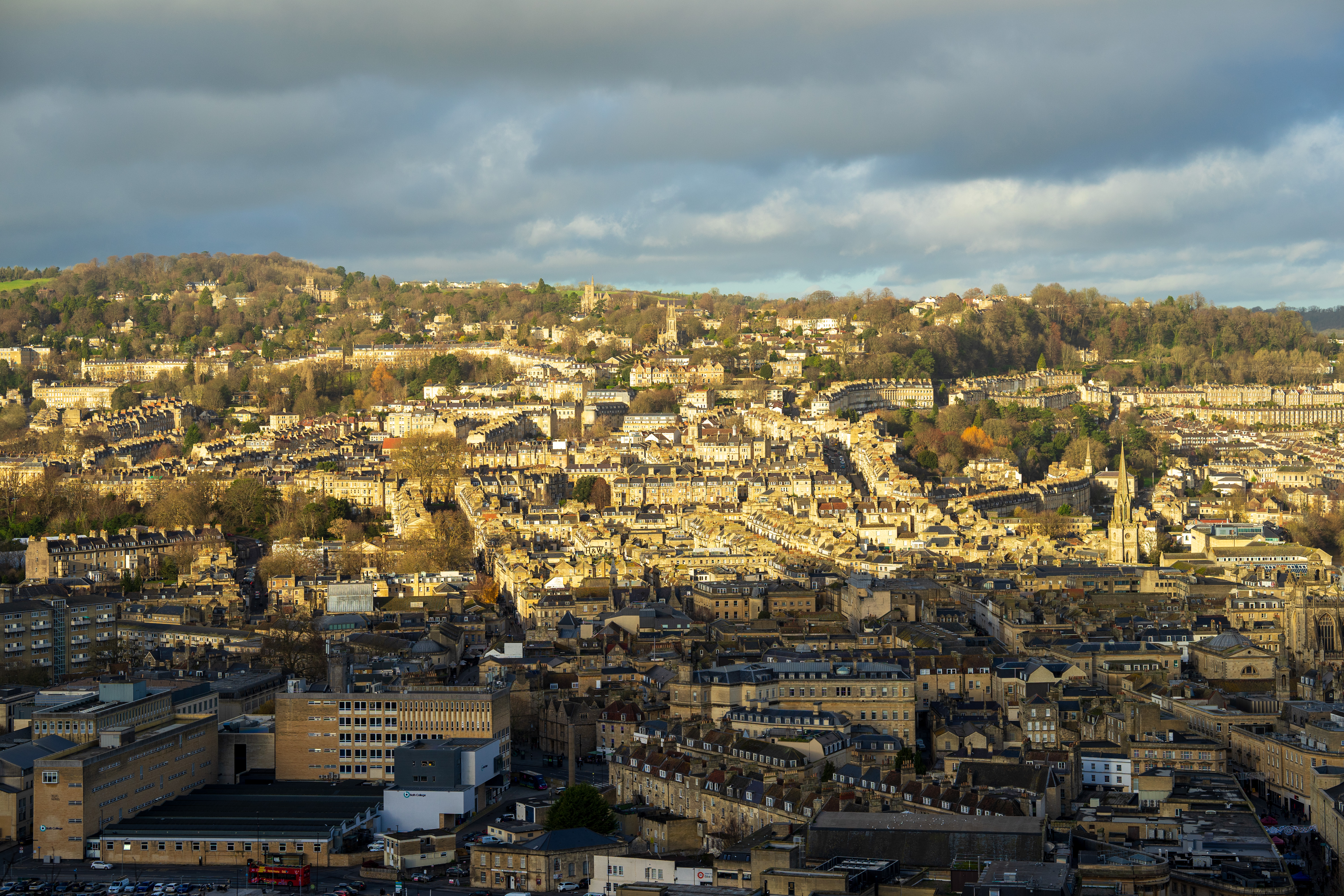



I love using this lens on both A7-series full-frame cameras and APS-C format Sony bodies. It’s much more compact and lightweight than conventional 70-200mm f/2.8 ‘trinity’ telephoto zooms, which I feel is always a good thing when shooting with slimline mirrorless bodies. Sure, it doesn’t quite stretch to 200mm at the long end but it comes pretty close, while retaining that all-important constant f/2.8 aperture throughout the entire zoom range. Pop it on an APS-C format body and you get an ‘effective’ zoom range of 105-270mm. It works a treat for weddings and events and even for sports and wildlife photography, while keeping the weight off.
And there’s more. While the original Tamron 70-180mm was a great lens, I love that the G2 adds optical image stabilization, uprated handling and revamped optics. And it delivers all this at a more inexpensive launch purchase price than the original lens. I find that in-body image stabilization tends to be less effective in telephoto shooting, so the addition of optical stabilization is particularly welcome.
Autofocus is super-fast, based on a VXD (Voice-coil eXtreme-torque Drive) system, and well able to do justice to the Fast Hybrid AF, Eye AF and advanced tracking options in Sony’s recent mirrorless cameras. The proof of the pudding is in the image quality and I like that the optical layout has been redesigned to include an XLD (eXtra Low Dispersion) element, a hybrid aspherical lens element, three LD (Low Dispersion) elements and two GM (Glass Molded aspherical) lens elements. Tamron’s BBAR-G2 (Broad-Band Anti-Reflection Generation 2) coating is also applied to minimize ghosting and flare. All in all, it’s a terrific lens and a bargain at the price.
Read more: Tamron 70-180mm F2.8 Di III VC VXD G2 review
Features ★★★★★ | Fancy features in the ‘Generation 2’ include a three-pole Custom switch, function button and USB-C port. |
Design ★★★★★ | The design gives you almost the same zoom range as a classic 70-200mm f/2.8 telephoto zoom but in a much smaller, lighter package. |
Performance ★★★★★ | From super-fast and highly accurate autofocus to great image quality and effective optical stabilization, it’s a cracker. |
Value ★★★★★ | It’s less than half the price of many ‘trinity’ telephoto zooms, making it a standout bargain. |
Best super-telephoto lens for the A6400
Specifications
Reasons to buy
Reasons to avoid
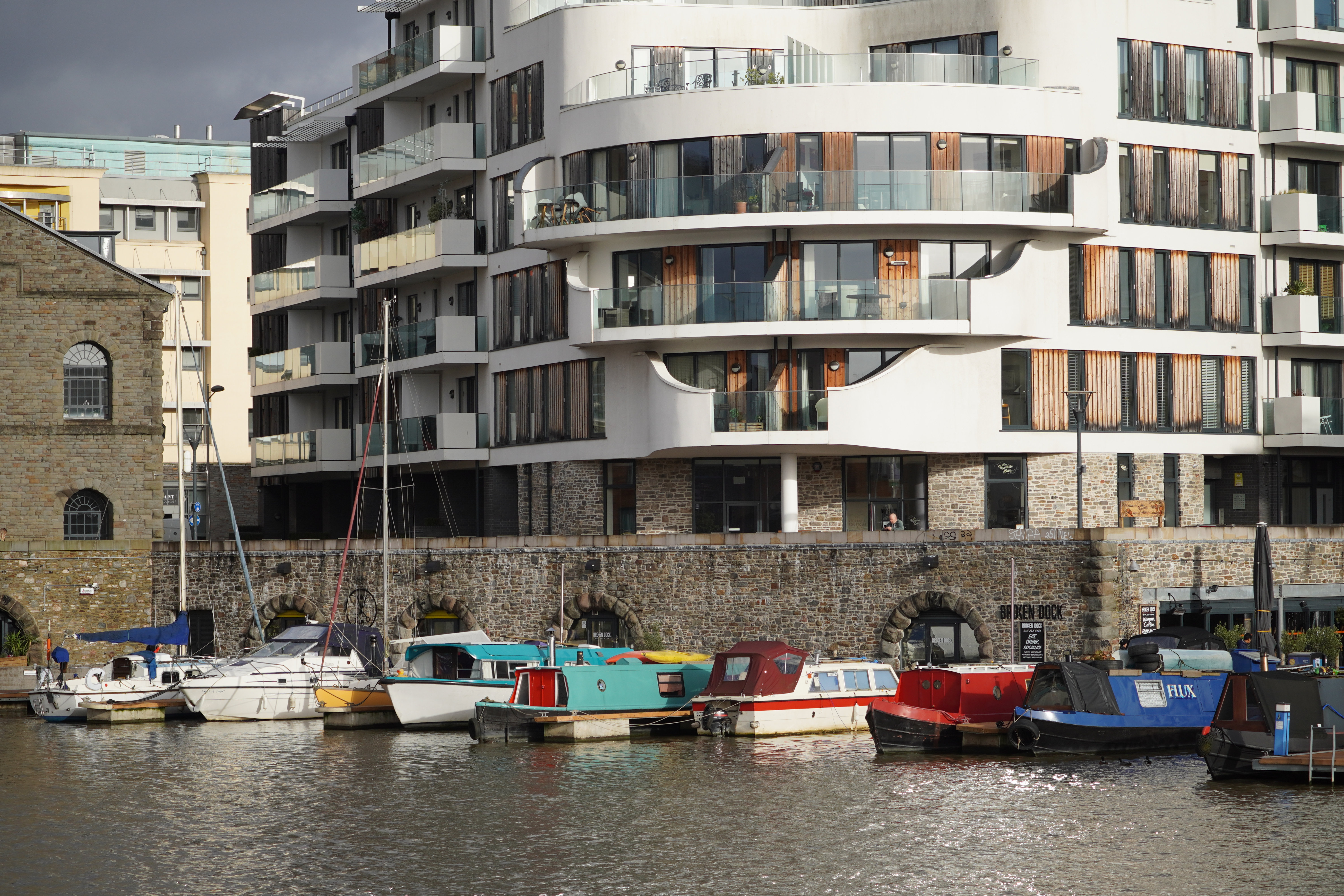

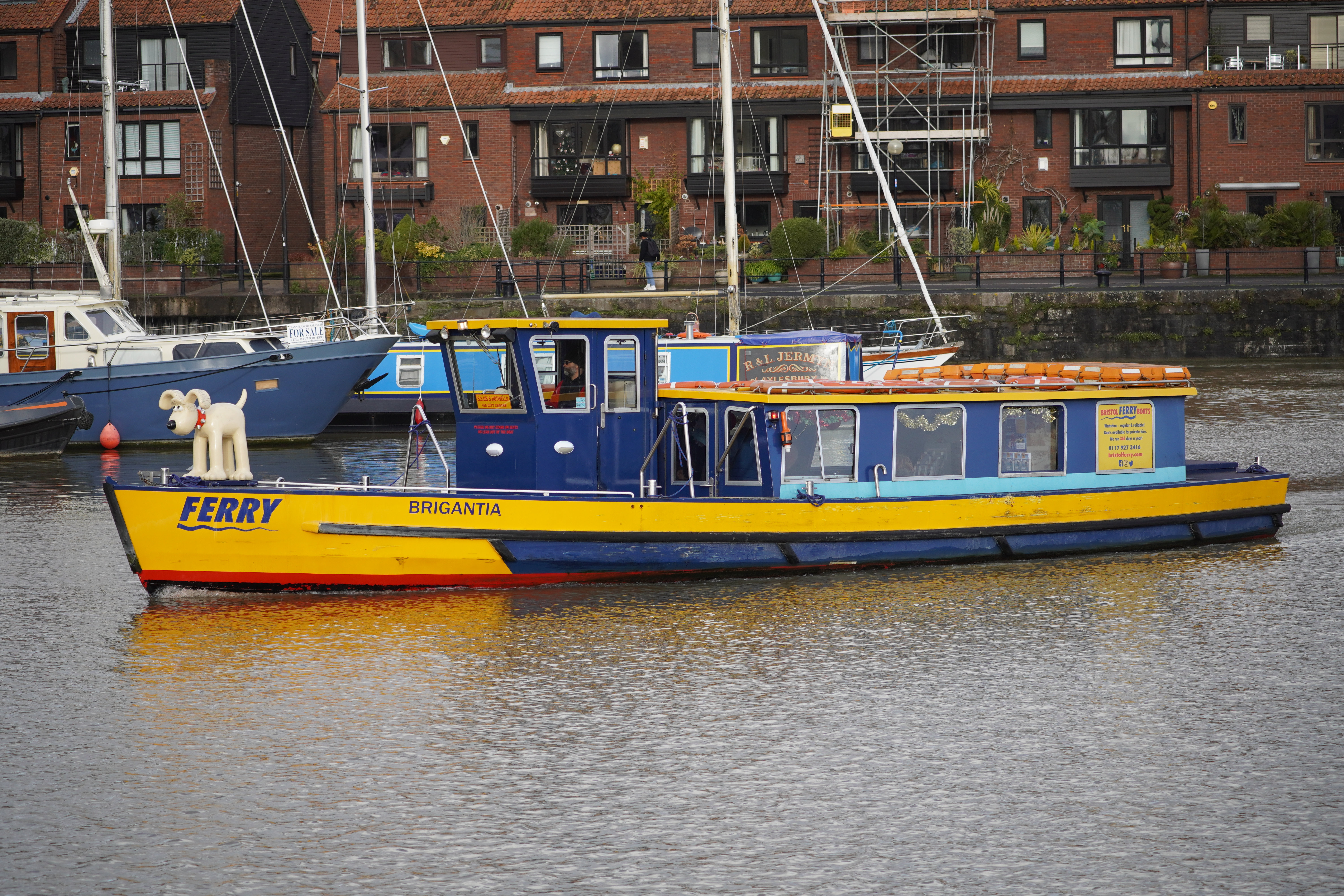
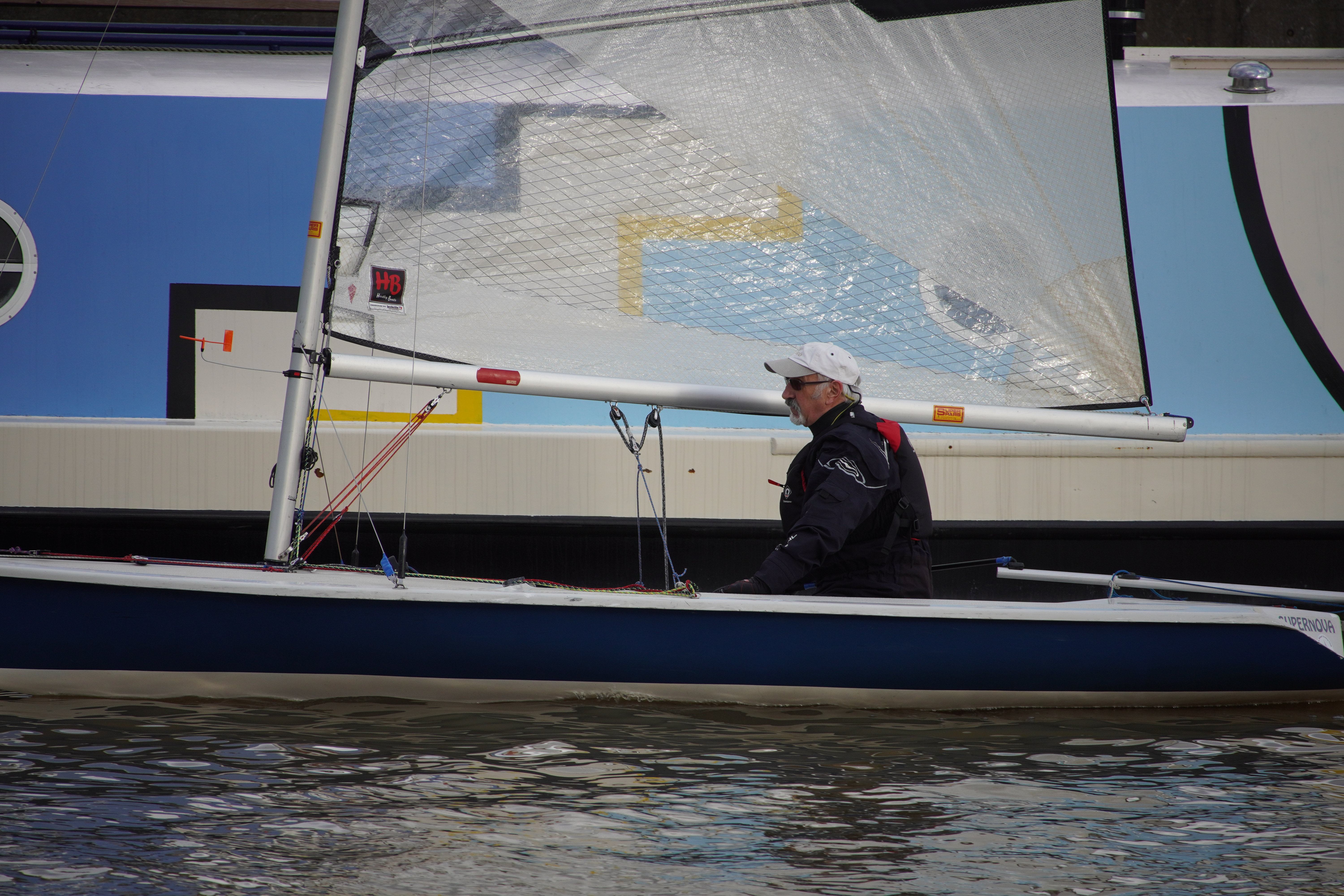
For longer-range subjects you need a lens with big telephoto reach, but also with sufficient optical quality for sharp results. So while there is a cheaper and smaller Sony E 55-210mm lens, this is the one I would recommend for action, sports and wildlife, as well as for bird photography.
The Sony E 70-350mm f/4.5-6.3 G OSS is a relatively big and expensive lens, but its 5x zoom range is equivalent to 105-525mm on a full-frame body, stretching into super-telephoto territory. It might not have an ultra-fast maximum aperture, but the modest f/4.5-6.3 aperture rating enables a more compact, lightweight build, and it does have Sony's OSS optical image stabilization system. It's a manageable lens that offers huge reach at an affordable price.
Read more: Sony E 70-350mm f/4.5-6.3 G OSS review
Features ★★★★★ | High-end features include a function button, AF/MF switch and optical stabilization. |
Design ★★★★★ | G-series quality comes to this APS-C format lens with up-market design and weather-seals. |
Performance ★★★★★ | It’s impressively sharp and the XD linear motor-driven autofocus system is fast and snappy. |
Value ★★★★☆ | This is a pricey telephoto zoom for an APS-C format lens but worth the outlay. |
Best street photography lens for the A6400
Specifications
Reasons to buy
Reasons to avoid

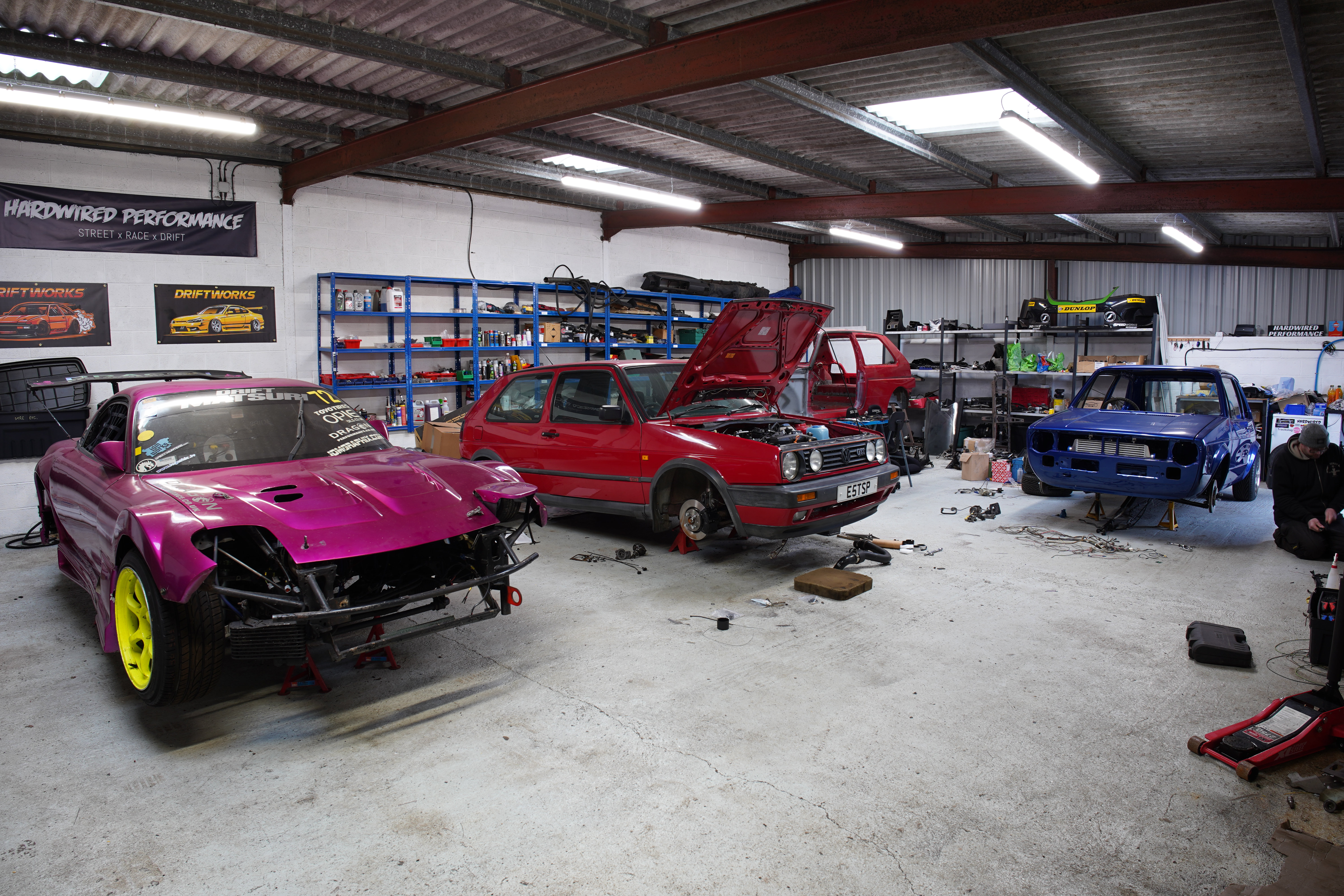

I said in the introduction that I wanted to include a couple of prime lenses, and this is the first. The Tamron 20mm f/2.8 Di III OSD M 1:2 is actually a full-frame lens, so if you decide to upgrade to a full-frame Sony camera in the future, you can keep this lens for the journey.
On a full-frame camera it's an ultra-wide-angle prime. Fit it to your Sony A6400 and it has an 'effective' 30mm focal length – perfect as a semi wide-angle 'street photography' lens. Not only that, its 1:2 close up capability means it's halfway (literally) towards a full macro lens, so it does two jobs, not just one. Best of all, it's not too big and not too expensive, despite first-rate optical performance, so it's a great buy for Sony A6400 owners.
Read more: Tamron 20mm f/2.8 Di III OSD M 1:2 review
Features ★★★★☆ | There are no additional switches nor control rings but the 0.5x macro facility is a great feature. |
Design ★★★★★ | It’s designed to be compact, lightweight and easy to live with, but includes weather-seals. |
Performance ★★★★★ | Image quality is excellent, both as a regular ultra-wide-angle prime and as an extreme close-up lens. |
Value ★★★★★ | For a full-frame prime lens of this quality, the Tamron is excellent value for money. |
Lab data and comparisons
The graphs below show the comparative performance of the lenses in this guide, based on our in-house lab tests. You’ll see that the Tamron 70-180mm has standout performance for sharpness, especially for a zoom rather than prime lens. By contrast, the Tamron 20mm shows pretty extreme barrel distortion but as with many lenses designed for mirrorless cameras, it relies heavily on automatic in-camera correction to put things right.
Scores for sharpness and color fringing are averaged from data taken across the entire image frame, from the center to the edges and corners, throughout the aperture range. For zoom lenses, the scores are also averaged from data measured at all marked focal lengths, and the same applies to distortion. Bear in mind that these average values don't fully reflect specific areas of performance. For example, a zoom lens might have noticeable barrel distortion at its shortest focal length, which is less obvious when everything is averaged out. For more detailed graphs of each lens's performance, take a look at the graphs published in our full standalone reviews.
How to choose the best lens for the Sony A6400
The A6400, like all A6000-series cameras, uses the Sony E lens mount. Sony’s own E-mount lenses have either FE (full-frame) or E (APS-C format) in their model names: all work on the A6400. Very broadly speaking, an FE lens will be heavier and more expensive than an equivalent E lens, but deliver better image quality. E lenses (again very broadly) will tend to be smaller and lighter.
For shooting at shorter focal lengths and wider angles of view – specifically kit lenses or ultra-wide zooms – you are probably better off with an E lens. The APS-C crop factor of the A6400 means that FE lenses offer a reduced angle of view, curtailing their wide-angle capability with the smaller sensor.
If you are buying a third-party E-mount lens, check whether the lens is designed for use with APS-C Sony cameras like the A6400, or with full-frame Sony bodies.
Check out our guide to the best Sony lenses if you want to know more
How we test lenses
The lens experts in our testing lab run a range of tests under controlled conditions, using the Imatest Master testing suite. Photos of test charts are taken across the range of apertures and zooms (where available), then analyzed for sharpness, distortion and chromatic aberrations.
We use Imatest SFR (spatial frequency response) charts and analysis software to plot lens resolution at the centre of the image frame, corners and mid-point distances, across the range of aperture settings and, with zoom lenses, at four different focal lengths.
There's more to it than just the technical side, though! Beyond the lab, our reviewers test lenses in real-world environments – and sometimes on professional shoots! We work with lenses both indoors and outdoors, in studio conditions and in natural light, with as many different subjects as is possible (or appropriate – there's no point testing a landscape lens' ability to shoot a portrait!).
We take into account everything from handling and ease of use to speed of autofocus and the overall quality of the images produced.
Find out more about how we test and review on Digital Camera World
The best camera deals, reviews, product advice, and unmissable photography news, direct to your inbox!

Rod is an independent photography journalist and editor, and a long-standing Digital Camera World contributor, having previously worked as DCW's Group Reviews editor. Before that he has been technique editor on N-Photo, Head of Testing for the photography division and Camera Channel editor on TechRadar, as well as contributing to many other publications. He has been writing about photography technique, photo editing and digital cameras since they first appeared, and before that began his career writing about film photography. He has used and reviewed practically every interchangeable lens camera launched in the past 20 years, from entry-level DSLRs to medium format cameras, together with lenses, tripods, gimbals, light meters, camera bags and more. Rod has his own camera gear blog at fotovolo.com but also writes about photo-editing applications and techniques at lifeafterphotoshop.com
